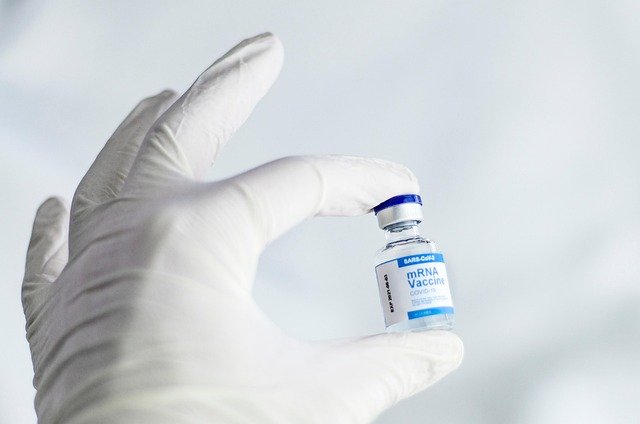Understanding the Structure of Clinical Trials and Who May Be Eligible
This article offers insights into the structure of clinical trials, explaining eligibility criteria, phases, and the overall process. Readers gain a clear understanding of how trials are conducted, who may qualify, and why they are vital for advancing medical research.

What are clinical trials and why are they important?
Clinical trials are research studies conducted to assess the safety and efficacy of new medical treatments, interventions, or devices. These trials are essential for advancing medical knowledge and improving patient care. They help researchers determine whether new treatments are safe, effective, and potentially superior to existing options. Clinical trials also provide valuable data on dosing, side effects, and long-term outcomes, which are crucial for regulatory approval and clinical implementation.
How is a clinical trial structured?
The structure of clinical trials typically follows a standardized process to ensure scientific rigor and patient safety. Most clinical trials are divided into four phases:
-
Phase I: This initial stage focuses on safety and involves a small group of healthy volunteers or patients. Researchers assess the treatment’s side effects and determine safe dosage ranges.
-
Phase II: This phase involves a larger group of participants who have the condition the treatment targets. Researchers evaluate the treatment’s effectiveness and continue to monitor safety.
-
Phase III: These large-scale studies involve hundreds or thousands of participants. They compare the new treatment to existing standard treatments or placebos to determine its efficacy and identify any rare side effects.
-
Phase IV: Also known as post-marketing surveillance, this phase occurs after a treatment has been approved. It involves monitoring the treatment’s long-term effects and safety in real-world settings.
What is the clinical trial process like for participants?
The clinical trial process typically begins with screening and enrollment. Potential participants undergo a thorough evaluation to determine their eligibility. Once enrolled, participants receive the study treatment or a placebo according to the trial protocol. Throughout the trial, participants attend scheduled visits for monitoring, tests, and assessments. They may be required to keep diaries, complete questionnaires, or undergo various medical procedures. The duration of participation can vary from a few days to several years, depending on the study’s design.
Who is eligible to participate in clinical trials?
Clinical trial eligibility criteria are specific requirements that potential participants must meet to join a study. These criteria ensure that the trial includes appropriate individuals while maintaining scientific validity and participant safety. Common eligibility factors include:
-
Age: Many trials have specific age ranges for participants.
-
Health status: Some trials require participants to have a specific condition, while others seek healthy volunteers.
-
Medical history: Certain medical conditions or treatments may exclude individuals from participation.
-
Gender: Some studies focus on specific genders due to the nature of the research.
-
Lifestyle factors: Smoking, alcohol consumption, or dietary habits may influence eligibility.
It’s important to note that eligibility criteria vary widely between trials, and individuals who don’t qualify for one study may be eligible for another.
How can one find and apply for clinical trials?
Those interested in participating in clinical trials can explore various resources to find suitable studies:
-
ClinicalTrials.gov: This comprehensive database provides information on publicly and privately supported clinical studies worldwide.
-
Healthcare providers: Doctors and medical centers often have information about ongoing trials.
-
Patient advocacy groups: Organizations focused on specific conditions often share information about relevant clinical trials.
-
Research institutions: Universities and medical research centers frequently conduct clinical trials and provide information on their websites.
To apply for a clinical trial, individuals typically need to contact the study coordinator listed in the trial information. They will then undergo a screening process to determine their eligibility and suitability for the study.
What are the potential benefits and risks of clinical trial participation?
Participating in clinical trials can offer several benefits, including access to potentially innovative treatments, close medical monitoring, and the opportunity to contribute to medical advancements. However, it’s crucial to consider the potential risks, such as side effects, time commitments, and the possibility of receiving a placebo instead of the active treatment.
| Aspect | Benefits | Risks |
|---|---|---|
| Treatment | Access to new, potentially effective therapies | Possible side effects or lack of efficacy |
| Medical Care | Close monitoring and specialized attention | Time-consuming visits and procedures |
| Contribution | Advancing medical knowledge | Uncertainty of treatment assignment (active vs. placebo) |
| Personal Impact | Potential improvement in health condition | Possibility of no personal benefit |
Prices, rates, or cost estimates mentioned in this article are based on the latest available information but may change over time. Independent research is advised before making financial decisions.
Clinical trials are fundamental to medical progress, offering hope for improved treatments and better patient outcomes. By understanding the structure of clinical trials and eligibility criteria, individuals can make informed decisions about participation, potentially contributing to groundbreaking medical discoveries while accessing innovative care options.
This article is for informational purposes only and should not be considered medical advice. Please consult a qualified healthcare professional for personalized guidance and treatment.




